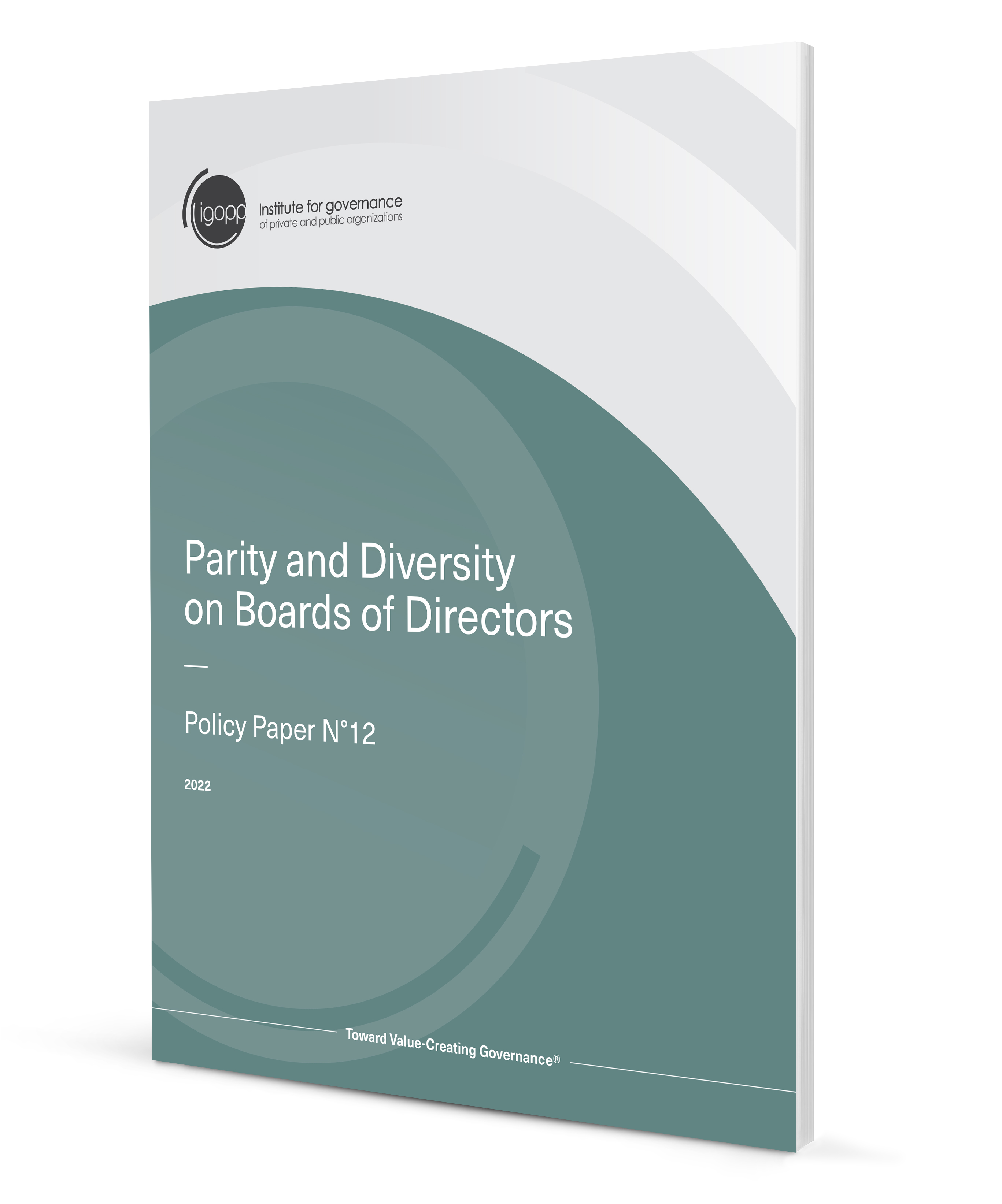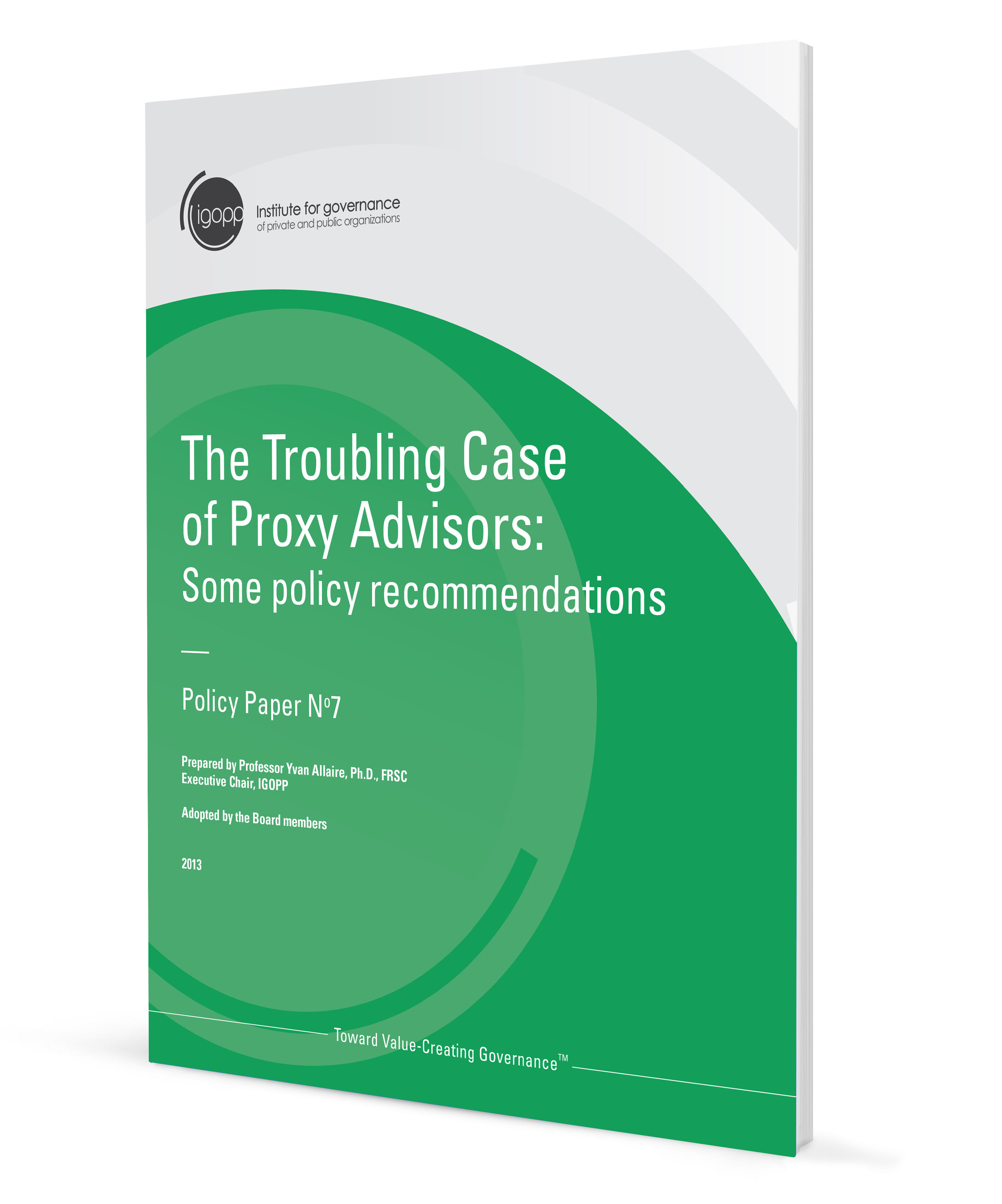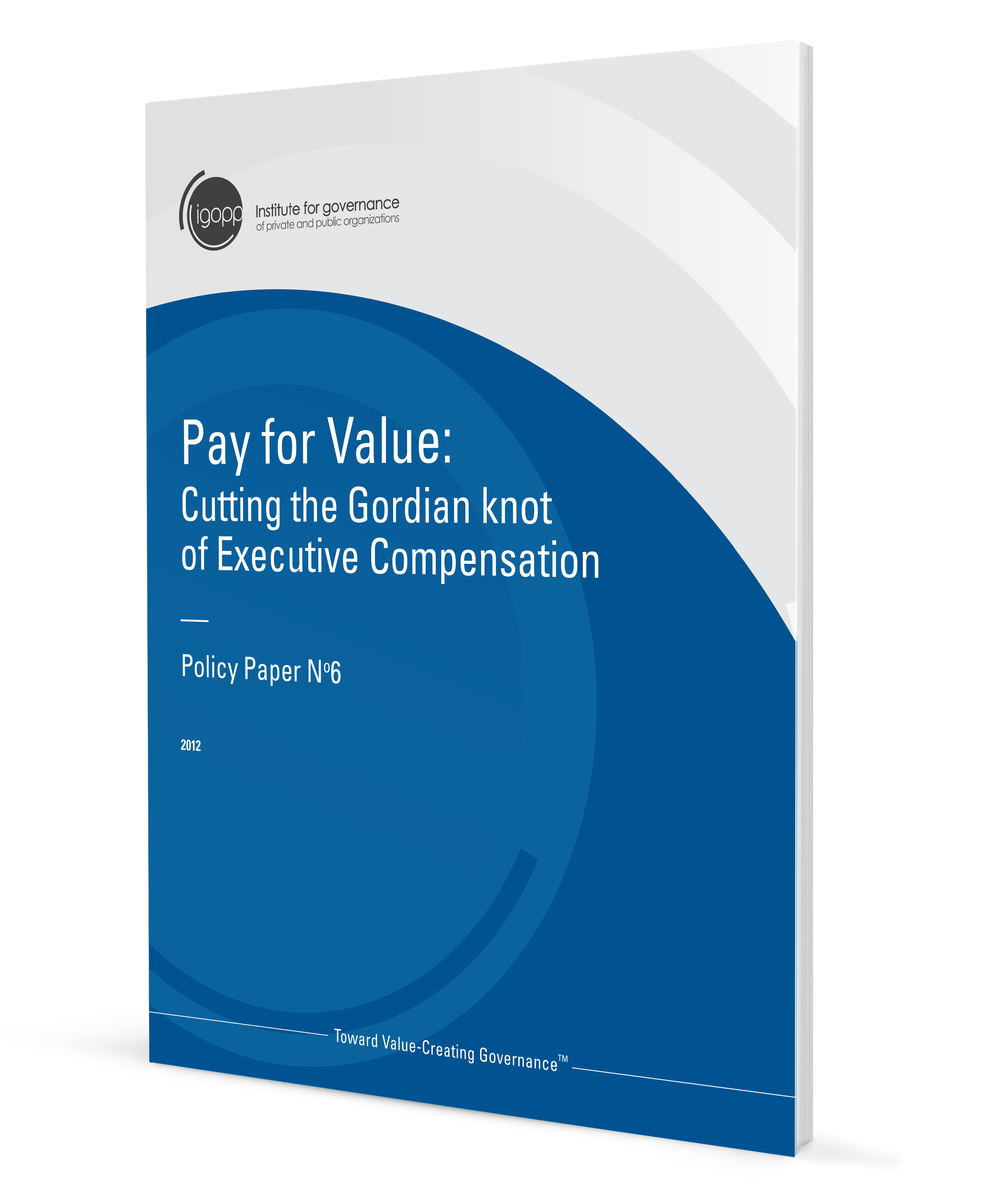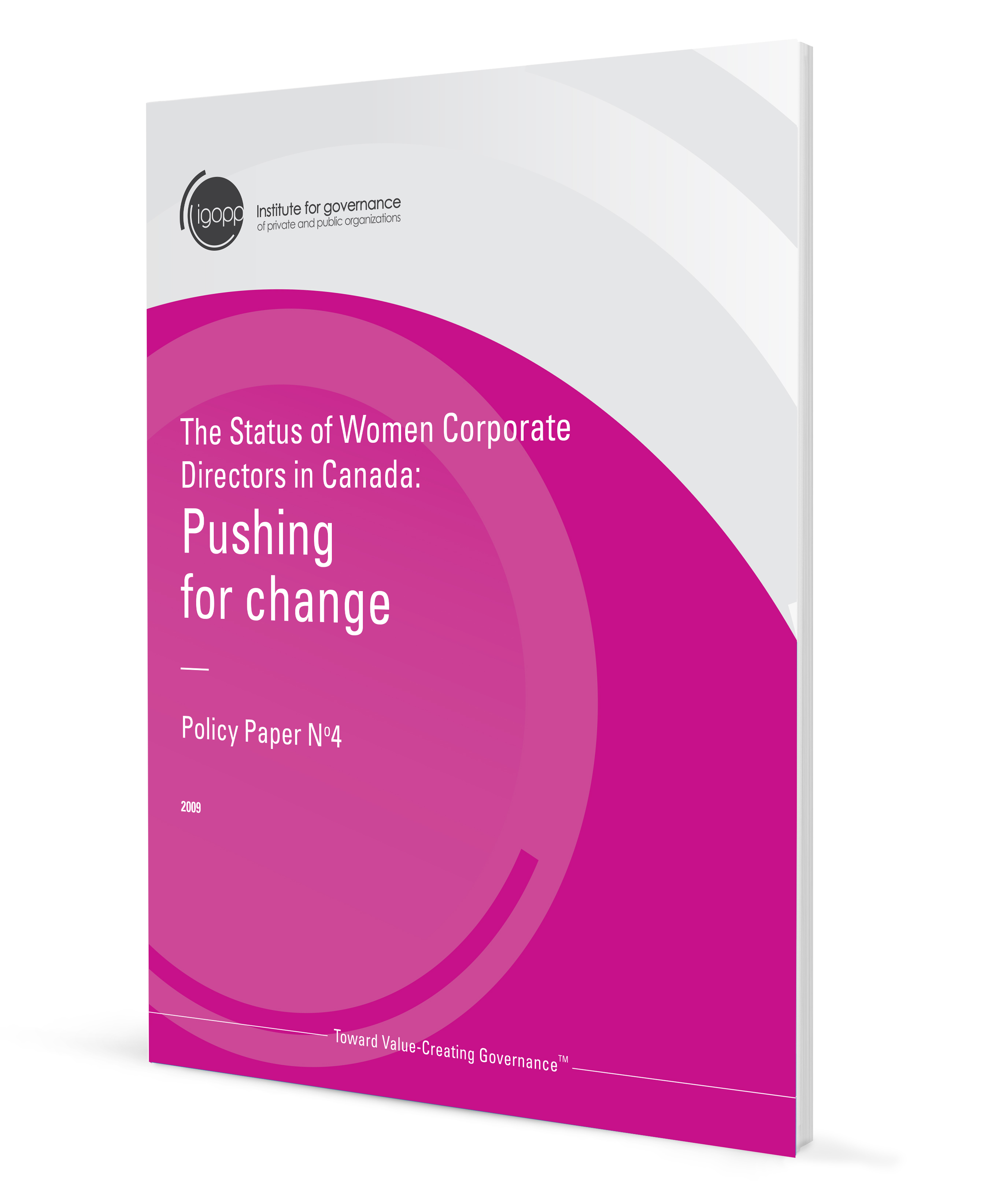Executive compensation
Cutting the Gordian knot
The median total CEO compensation has more than doubled between 1998 and 2007, followed by a 17.7% correction in 2008 and an uptick afterwards. Since 2010 however, CEO compensation has stabilized at about $8 million.
The chief executive officers of the big six Canadian banks are obviously better paid with a total compensation of $10.5 million, a significant decrease from the $11.8 million they were paid (at the median) in 2010.
The ratio between the median compensation of Canadian CEOs and the average salary of workers in the Canadian private sector increased from 62:1 in 1998 to an apex of 159:1 in 2013, and now stands at 140:1 in 2016.
The ratio between the compensation of the bank CEOs and the average salary of Canadians is also appreciably higher at 184 in 2016.
Over the past twenty years, executive compensation has drawn sharp and unrelenting criticism, much of it justified.
To cope with the dissatisfactions voiced about the way compensation was set, most boards of directors have opted for a prudent approach by adopting the compensation system which has now become the standard and the norm, designed in large part by a small number of compensation consultants.
As a result, the description and disclosure of compensation systems have become longer, more detailed, and indeed labyrinthine. The average number of pages (34) required to describe executive compensation in the management proxy circular has quintupled in barely 15 years.
This “prudent approach” makes sense in the circumstances where boards of directors are targeted individually, have to respond on a case-by-case basis, and have no collective forum in which they can take positions, and when appropriate, to collectively resist the pressures from investors and other stakeholders. In short, boards of directors have no forum, no association and no “coalition” to bring them together, as the Canadian Coalition for Good Governance does for large institutional investors.
This policy paper makes the case that the current, standardized processes for setting executive compensation in publicly listed corporations are deeply flawed.














